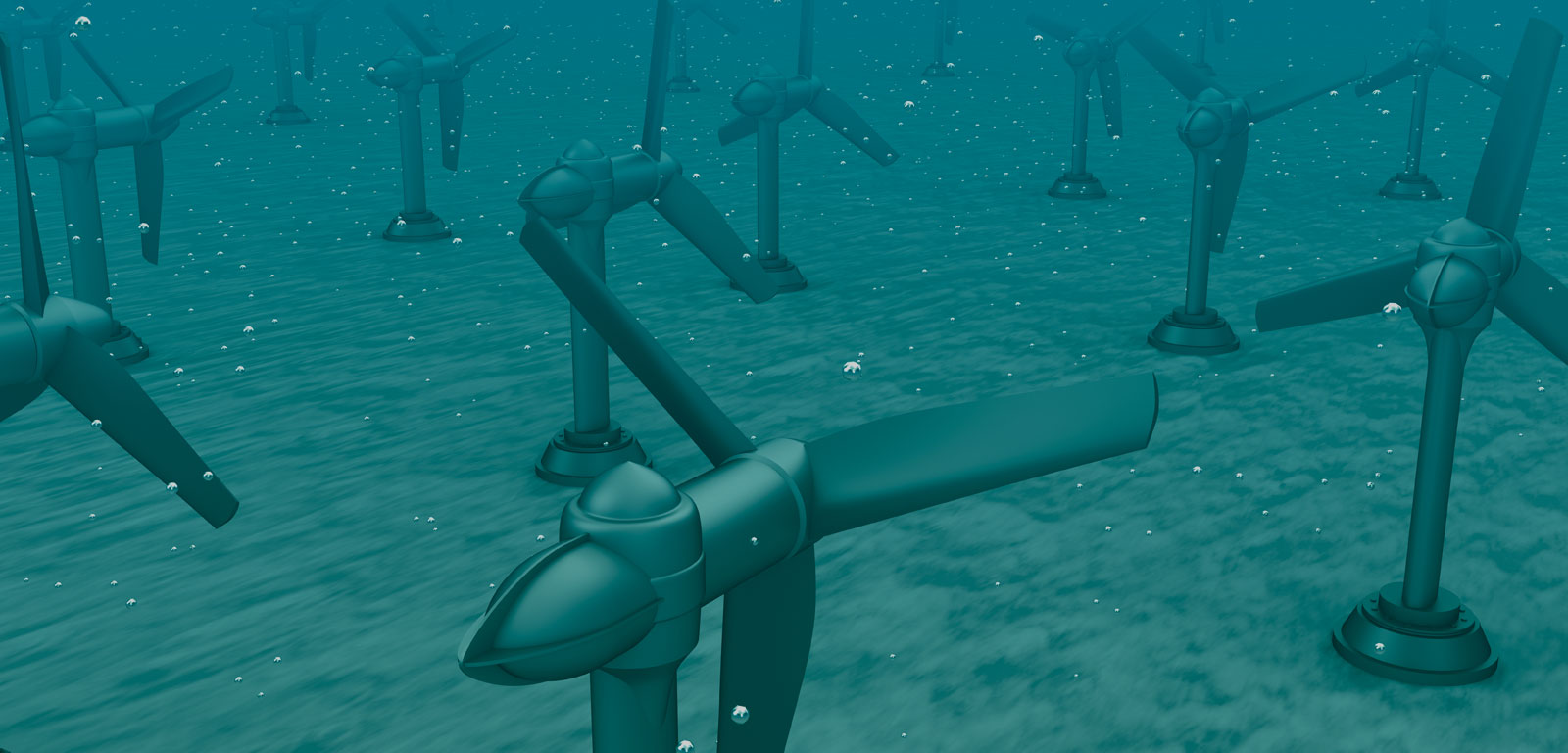Subject
Numerical hydrodynamics
General details of the subject
- Mode
- Face-to-face degree course
- Language
- English
Description and contextualization of the subject
The numerical simulation takes a more and more important role in engineering, both for design and operation. Free-surface hydrodynamic flows present physical specificities leading to different classes of approximation and, in turn, different numerical methods. Understand these numerical methods, their relative positioning, their respective domains of use, and how they are used and developed nowadays in terms of software and hardware is crucial to future engineers in the very innovative domain of MRE.Teaching staff
| Name | Institution | Category | Doctor | Teaching profile | Area | |
|---|---|---|---|---|---|---|
| BLANCO ILZARBE, JESUS MARIA | University of the Basque Country | Profesorado Titular De Universidad | Doctor | Not bilingual | Fluid Mechanics | jesusmaria.blanco@ehu.eus |
| EGUIA LOPEZ, PABLO | University of the Basque Country | Profesorado Agregado | Doctor | Not bilingual | Electrical Engineering | pablo.eguia@ehu.eus |
| MARTINEZ DE ALEGRIA MANCISIDOR, IÑIGO | University of the Basque Country | Profesorado Agregado | Doctor | Bilingual | Electronic Technology | inigo.martinezdealegria@ehu.eus |
Competencies
| Name | Weight |
|---|---|
| Explain and demonstrate knowledge and understanding of potential flow models and BEM | 15.0 % |
| Explain and demonstrate knowledge and understanding of methods to solve Navier-Stokes equations (FD, FV) | 15.0 % |
| Explain and demonstrate knowledge and understanding of turbulence (RANS, LES) and interface (VoF, LS) models | 15.0 % |
| Explain knowledge and understanding of the different components of numerical hydrodynamic simulations: mesher, hydrodynamic solver, hardware | 15.0 % |
| Apply acquired knowledge to elaborate and implement numerical solver of typical hydrodynamic problems | 15.0 % |
| Acquire new skills, organize information and conduct effective reports | 25.0 % |
Study types
| Type | Face-to-face hours | Non face-to-face hours | Total hours |
|---|---|---|---|
| Lecture-based | 22 | 40 | 62 |
| Seminar | 14 | 15 | 29 |
| Applied computer-based groups | 14 | 20 | 34 |
Training activities
| Name | Hours | Percentage of classroom teaching |
|---|---|---|
| Classroom/Seminar/Workshop | 14.0 | 100 % |
| Expositive classes | 22.0 | 100 % |
| Reading and practical analysis | 15.0 | 0 % |
| Student's personal work | 20.0 | 0 % |
| Systematised study | 40.0 | 0 % |
| Working with it equipment | 14.0 | 100 % |
Assessment systems
| Name | Minimum weighting | Maximum weighting |
|---|---|---|
| Drawing up reports and presentations | 25.0 % | 45.0 % |
| Written examination | 55.0 % | 75.0 % |
Learning outcomes of the subject
To knoww the different methods of solving the Navier-Stokes equationTo have knowledge about turbulence and interface models
To use numerical simulation tools to solve typical hydrodynamic problems
Temary
Lesson 1 Knowledge and understanding of potential flow solversPotential flow methods (BEM), Integral methods solving, Surface meshing, Hydrodynamic loading calculation
Lesson 2 Numerical methods for free surface flows
Volumic discretization methods (FD, FV), Time integration and stability, Turbulence models (RANS, LES)
Lesson 3 Navier-Stokes equations solution techniques
Pressure-velocity coupling, Linear system solving, Volumic meshing
Hydrodynamic loading calculation, Interface methods (VoF, LS)
Bibliography
Basic bibliography
H. Lomax et al., Fundamentals of Computational Fluid Dynamics, Springer, 2011B. Andersson et al., Computational Fluid Dynamics for engineers, Cambridge Univ. Press,2011
J.H. Ferziger, M. Peric, Computational Methods for Fluid Dynamics, Springer, 1997
J.F. Wendt, Computational Fluid Dynamics, an introduction, Springer, 2009
R.H. Nichols, Turbulence Models and Their Application to Complex Flows, Univ. Alabama, 2012
V. Bertram, Practical Ship Hydrodynamics, Elsevier, 2012


